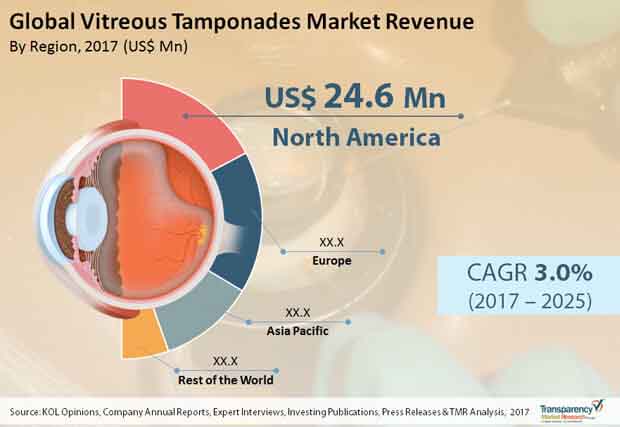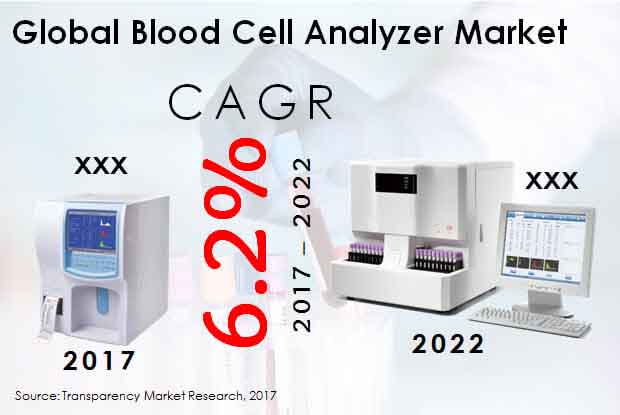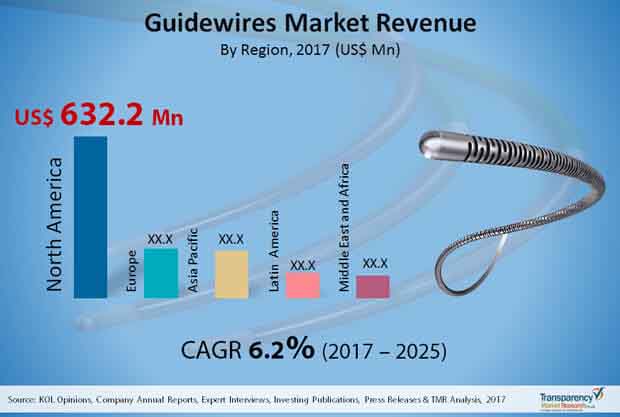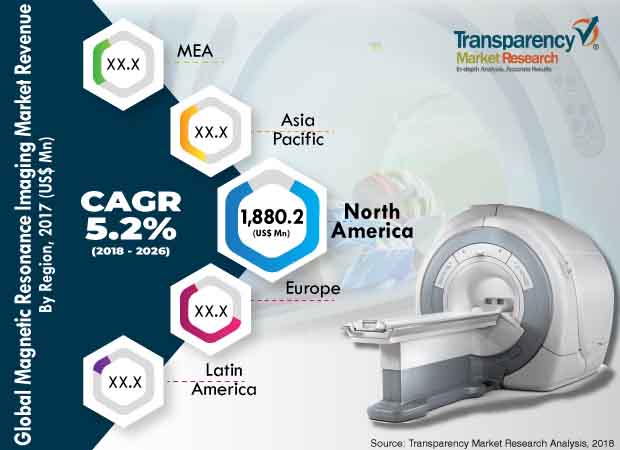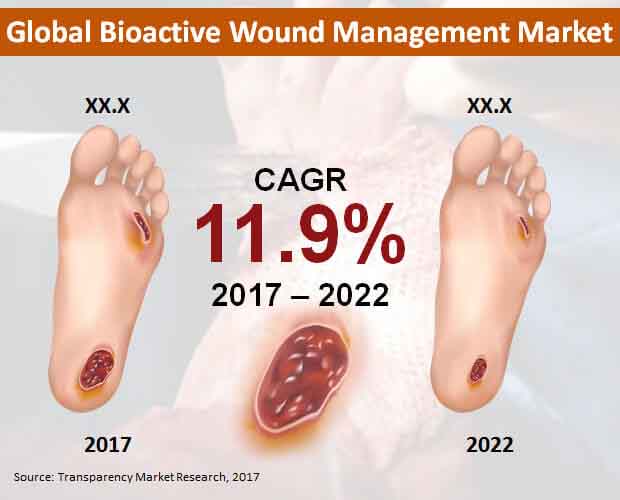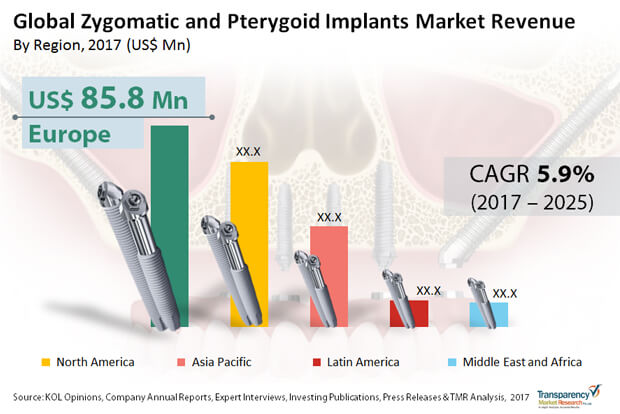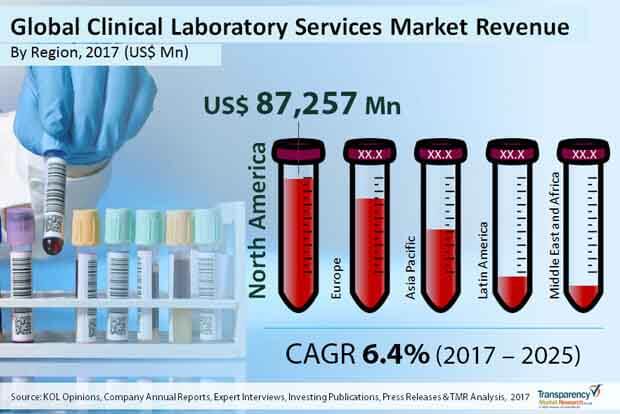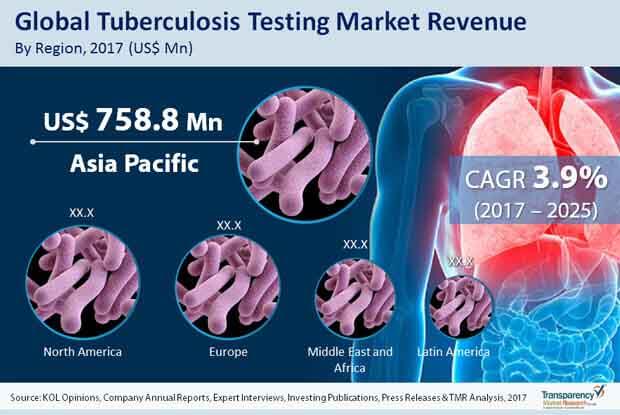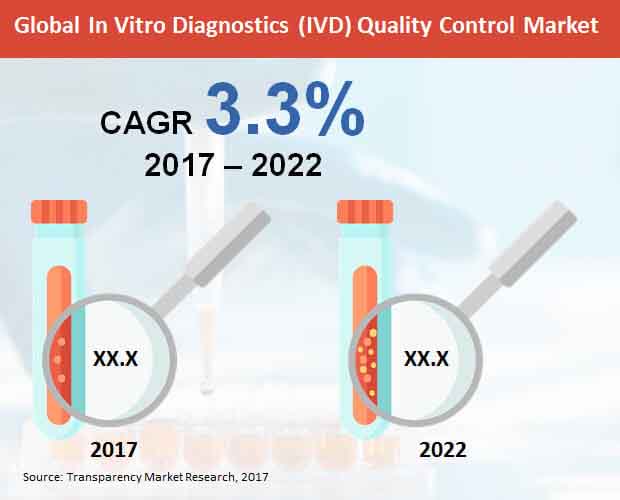Global Cardiopulmonary Stress Testing Systems Market: Snapshot
Technological innovations remains the focus of established players in the intensely competitive cardiopulmonary stress testing systems market. The market is also facing the emergence of emerging players at an exponential rate that are vying to develop high-value, cost-effective ancillary devices for cardiopulmonary stress testing systems.
Among the several factors driving the global cardiopulmonary stress testing systems market, the significant increase in the adoption of stress testing procedures for early diagnosis of heart diseases is a prominent one. Diagnosis of proper functioning of heart remains the first line of treatment that helps physicians to evaluate the health status of patients that are at risk of cardiovascular diseases.
A report by Transparency Market Research (TMR) estimates the global cardiopulmonary stress testing systems market to clock a CAGR of 4.6% for the forecast period from 2017 to 2025. Proliferating at this pace, the market which stood at US$2.08 bn in 2016 will become worth US$3.08 bn by the end of 2025.
Request Sample Of Report – https://www.transparencymarketresearch.com/sample/sample.php?flag=S&rep_id=1530
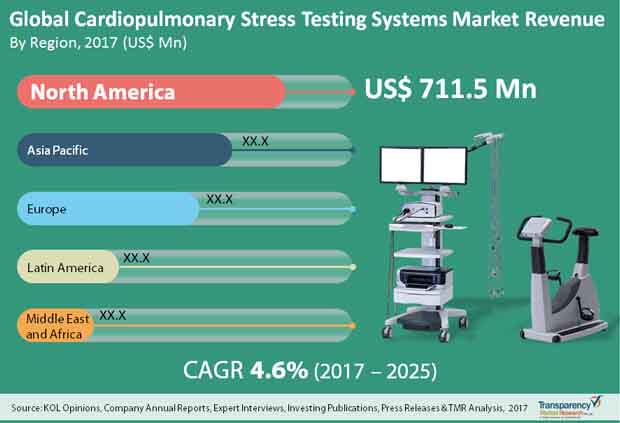
Product Features and Development of Portable Device Accounts for Dominance of Cardiopulmonary Exercise Testing System
The report studies the global cardiopulmonary stress testing systems market on the basis of product type, end-user, and geography. Based on product type, the global cardiopulmonary stress testing systems market is categorized into cardiopulmonary exercise testing systems, pulse oximeters, stress electrocardiograph, single-photon emission computed tomography, and stress blood pressure monitors. Amongst all, in 2016, the cardiopulmonary exercise testing systems segment led the global cardiopulmonary stress testing systems market vis-à-vis revenue among the various product types. The key reasons for the dominance of the cardiopulmonary exercise testing system is because of a large patient pool with cardiovascular diseases, high average selling price of device, and innovations leading to the development of portable cardiopulmonary exercise testing systems. The cardiopulmonary exercise testing systems segment is likely to continue to dominate this market over the forecast period.
In terms of end-user, the global market for cardiopulmonary stress testing systems is segmented into hospitals, diagnostic centers, ambulatory surgical centers, and specialty clinics/cardiology clinics. Of them, hospitals segment is likely to dominate the global cardiopulmonary stress testing systems market vis-à-vis revenue during the forecast period. The growth of the segment is attributable to factors such as rising preference of physicians as well as patients for the early diagnosis of cardiovascular diseases and extensive research on wireless and portable products. The diagnostic centers segment, on the other hand, is likely to rise at a relatively higher CAGR in terms of value in the global cardiopulmonary stress testing systems market over the forecast period.
Request For Custom Research – https://www.transparencymarketresearch.com/sample/sample.php?flag=CR&rep_id=1530
Asia Pacific to Emerge Lucrative in Upcoming Years
Based on geography, the global cardiopulmonary stress testing systems market has been classified into North America, Asia Pacific, Europe, Latin America, and the Middle East and Africa. Of them, in 2016, North America held the leading share in the global cardiopulmonary stress testing systems market, and is expected to continue dominance during the forecast period 2017-2025. Rising patient population that demand proper care, increasing adoption of early diagnosis practices, rising adoption of newly introduced advanced systems at public health institutes which aid physicians and nurses to monitor patient’s health in real-time have been some of the key factors responsible for the leading share of North America global cardiopulmonary stress testing systems market.
Asia Pacific is estimated to expand at the leading CAGR in terms of value, among other key regions in the global cardiopulmonary stress testing systems market during the forecast period of 2017-2025.
Leading players in the global cardiopulmonary stress testing systems market include Koninklijke Philips N.V., Hill-Rom Holdings Inc., General Electric Company, MGC Diagnostics Corporation, OSI Systems Inc., Masimo, NIHON KOHDEN CORPORATION, COSMED, Halma pla, Schiller AG, and Vyaire Medical Inc. among others.
More Trending Reports by Transparency Market Research – https://www.biospace.com/article/digital-dose-inhalers-market-artificial-intelligence-and-machine-learning-pave-the-way-for-inhaler-manufacturers/
